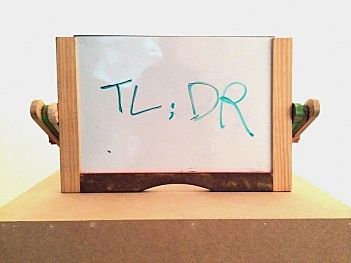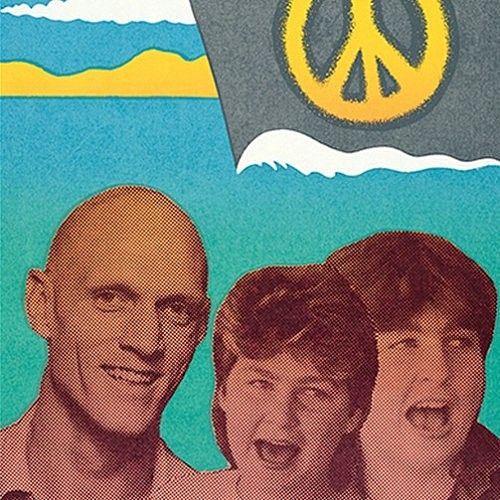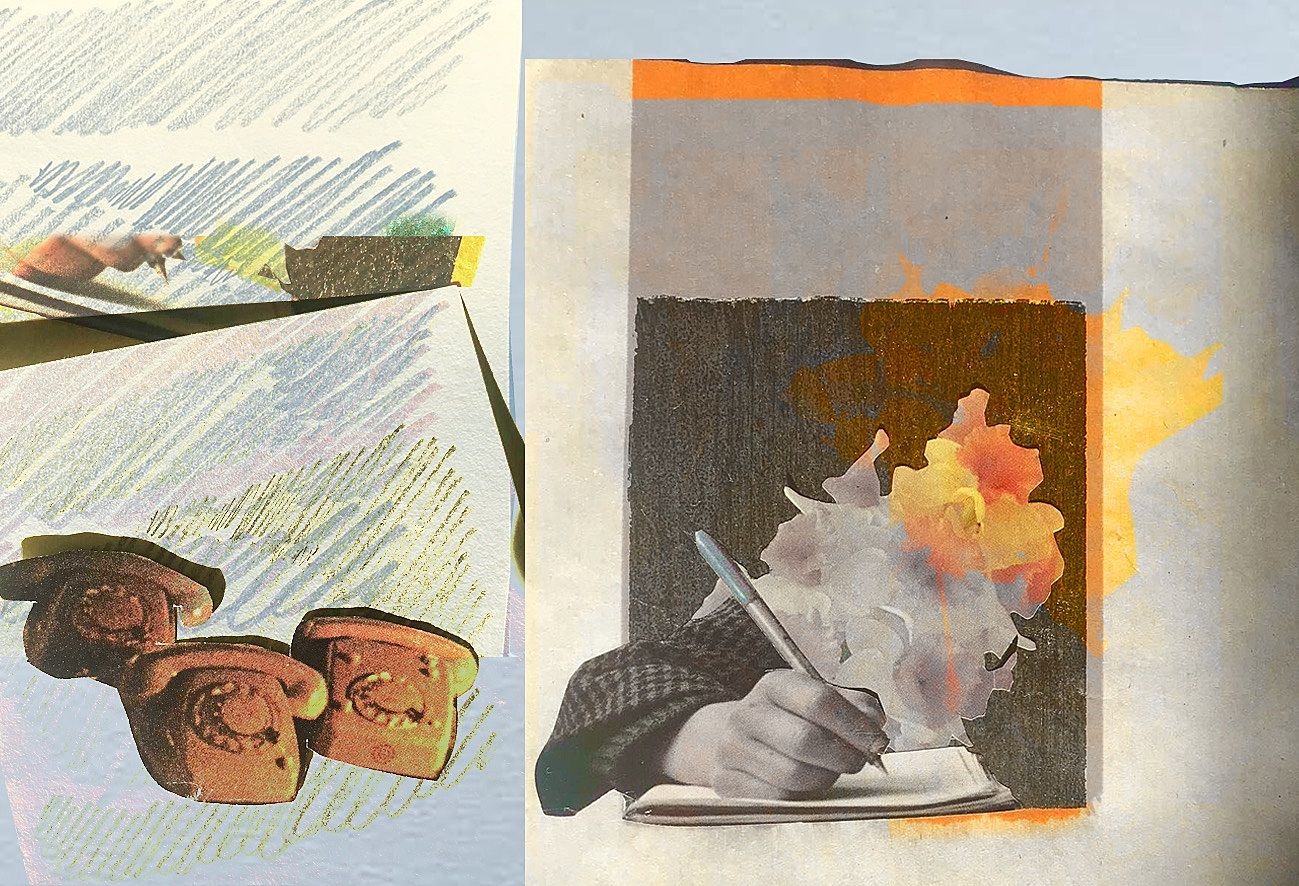Pantograph Picks: Artweek Auckland
Ahead of Artweek Auckland this weekend, we try and canvas some of the must-see events and exhibitions of a event as sprawling and diverse as the city itself.
Artweek Auckland’s attempt to expand the visual arts audience across the city’s inscrutable prehistoric nervous system sprawl can make it seem a little grubbier and defiantly less chic than your usual CBD art fair or opening, but that’s a sizeable part of its charm. Too often, the discovery, appreciation and discussion of art tends to be a ‘fake it till you make it’ affair that casts people squarely on either side of being ‘into it’ or not. Rather than waiting for people to reach out to it, we adore how it erupts in public and community spaces, that potentially awkward situations like classes for people who want to know how to write about art or stranger interactions outside Ponsonby Road cafes are seized and embraced, and that a lot of the content on offer tends to be informed by history and geography. Here are a handful of the things worth checking out over the next ten days:
150 young Niuean men arrived in Auckland in 1915 to go to war. Bundled into the New Zealand Maori Contingent, they were sent to the mud of France and the dust of Egypt on the back of three months training, little English, and no immunity. Robert George, Vela Manusaute, and Toa Tahi Taihia’s Tau Tupua: The Spirits looks like a rich, moving project founded in months of interviews with descendants and research. Hopefully the reproductions of journals and footage doesn’t get lost in Britomart’s murky hubbub – but the choir performance of then-contemporary Niuean songs on the ground floor platform for Late Night Art should provide harder to ignore.
I can’t find very much about this exhibition (or the Gallery, for that matter) online, so it feels like a bold call slapping it on this list, but I found this piece incredibly striking. Intricate large-scale works like this thrust me into a twisting meditative state. Wild landscapes calm me, because I’m a romantic fool who thinks that people who paint landscapes experience the same reckless freedom as actually being in nature, but technically intricate works evoke a surgical precision and focus that I find impossibly alluring. I’m drawn to them: to re-imagining and re-tracing every step (every crooked line, every final flick) and every imagined thought that could have accompanied it.
LA-based writer and curator Michael Ned Holte has assembled a range of artists for TL;DR that deal in modern ephemera – the missed connections of Craigslist, webcam encounters, GChat, and Twitter. The best art like this can tease out some of the ways 21st-century technology guides, distorts, or simply replicates our social interactions. Although it’s best encountered in ‘the wild’, it’ll be interesting to see whether TL;DR successfully contextualises a lot of this work in Artspace. And if you’re asking hard questions, the recent spate of awful behaviour in the ‘alt lit’ scene, where writers got praise for dealing in the same spaces, makes us ask whether this online frontier is a progressive and challenging space, or just one reproducing the same hierarchies with added irony.
From The Islands: Dreams, Fragrance and Extinction
John Pule’s work can be chaotic, vertiginous and dense – but his written words deal in an elemental simplicity, and his latest exhibition at the Corban Estate Art Centre displays 18 of his latest poems in unadorned blue-ink. He’s giving readings three times on Saturday 11 October – 11am, 2pm, and 6pm.
Auckland Studio Potters’ Artweek project reads like a Portlandia sketch: artists positioned outside cafes on Ponsonby Road swapping people’s disposable coffee cups for handmade ceramic mugs. “You’ve been mugged,” is what I assume they’ll be cheerily saying as they force a dishevelled psych major to pour their long black into one of their mugs. “But I need to get on the bus,” the student will mumble, but the potter will be gone.
Despite the ironies, I like the concept. The paradox of functional art is their preciousness: the ‘art’ aspect makes it feel special, so we allow a hand-blown glass bowl to gather dust while their Warehouse equivalents are used daily. It’s a choice that makes sense (“I have to treasure it”) until you’re reminded it doesn’t. These objects are made to be enjoyed and loved and, most of all, used.
We Will Work With You: Free Talk
ST PAUL St Gallery’s exhibition of the original prints, posters, and booklets by the Wellington Media Collective should receive a good late flurry of attention from Artweek before it closes on 24 October. A free talk at 6pm on Tuesday 14 October by Audioculture Creative Director Simon Grigg and Philip Kelly of WMC highlights the nexus between touring music and activism during the 1980s, and how networks were fostered to promote each.
This festival within a festival (organised by one of our own, Bronwyn Bent, alongside a group of other talented people) is a weekend-long celebration of art in Avondale, and features everything from incredible public art installations to poetry readings to hip-hop dance classes to Annie Crummer’s dad singing some tunes.
This weekend is your last chance to check out the Walters Prize exhibition. We’d highly recommend heading along – this year’s is the strongest exhibition yet. You’ll need to get there early if you want to experience Luke Willis Thompson’s winning off-site installation (it requires booking a time with a gallery attendant, and you’ll need 90 minutes or so spare, and there may be a wait) – but while you’re waiting, “explore the relationship between maker, spectator and object” (play with lego) at Olafur Eliasson’s the cubic structural evolution project.
Artweek runs 10 to 19 October in Auckland
More information here









